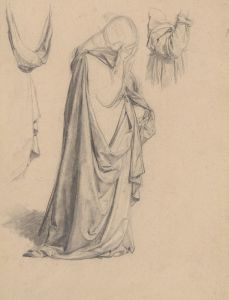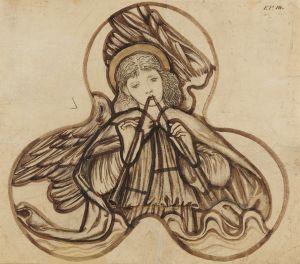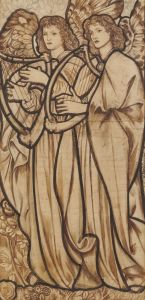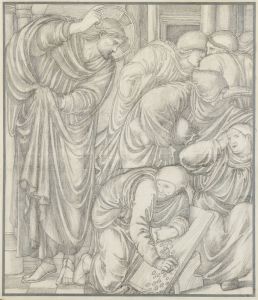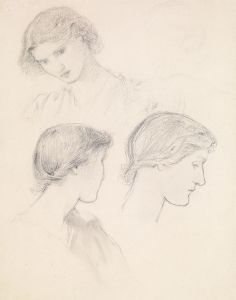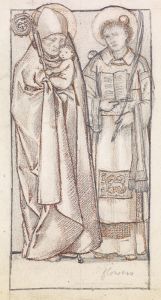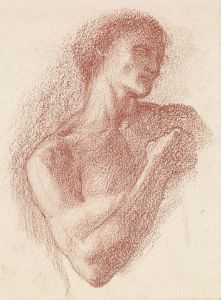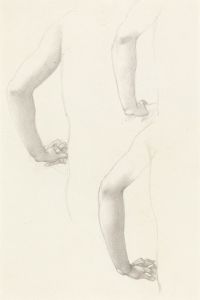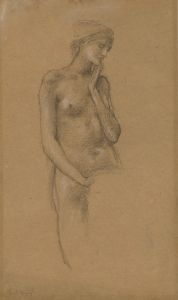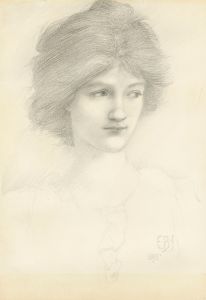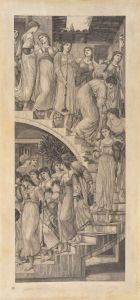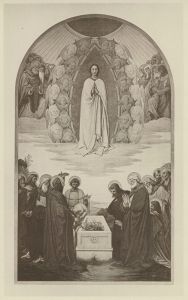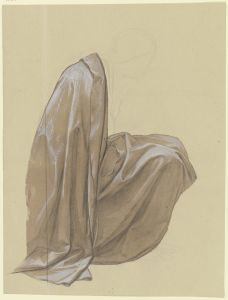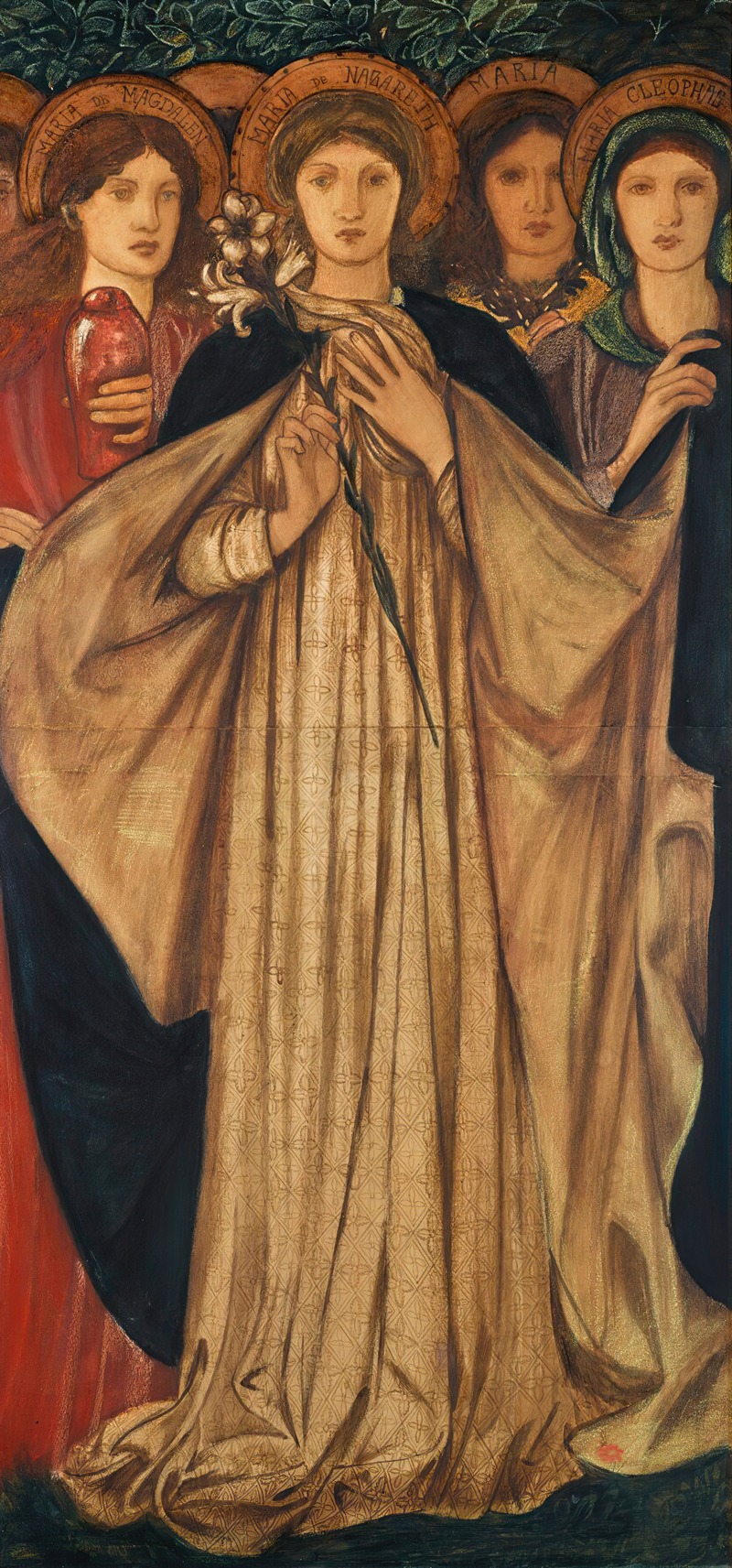
The Three Marys
A hand-painted replica of Sir Edward Coley Burne-Jones’s masterpiece The Three Marys, meticulously crafted by professional artists to capture the true essence of the original. Each piece is created with museum-quality canvas and rare mineral pigments, carefully painted by experienced artists with delicate brushstrokes and rich, layered colors to perfectly recreate the texture of the original artwork. Unlike machine-printed reproductions, this hand-painted version brings the painting to life, infused with the artist’s emotions and skill in every stroke. Whether for personal collection or home decoration, it instantly elevates the artistic atmosphere of any space.
Sir Edward Coley Burne-Jones, a prominent figure in the Pre-Raphaelite Brotherhood, created "The Three Marys" in 1880. This painting is a testament to Burne-Jones's dedication to the ideals of the Pre-Raphaelite movement, which sought to return to the detail, intense colors, and complex compositions of Quattrocento Italian art. The Pre-Raphaelites were known for their emphasis on realism and nature, as well as their interest in themes from literature, mythology, and religion.
"The Three Marys" depicts a biblical scene featuring three women named Mary who are significant figures in the New Testament. These women are often identified as Mary Magdalene, Mary of Clopas, and Mary Salome. The painting captures the moment when these women visit the tomb of Jesus Christ and find it empty, an event that is central to the Christian narrative of the resurrection.
Burne-Jones's interpretation of this scene is characterized by his distinctive style, which combines elements of medievalism with a dreamlike quality. The figures in the painting are rendered with a delicate attention to detail, and their expressions convey a sense of awe and reverence. The use of color is particularly striking, with rich, deep hues that enhance the emotional impact of the scene.
The composition of "The Three Marys" reflects Burne-Jones's interest in creating a harmonious and balanced arrangement. The figures are positioned in a way that leads the viewer's eye through the painting, creating a sense of movement and narrative progression. This careful arrangement is typical of Burne-Jones's work, as he often sought to create a sense of unity and coherence in his compositions.
Burne-Jones's work was heavily influenced by his close association with other members of the Pre-Raphaelite Brotherhood, as well as his friendship with William Morris, a leading figure in the Arts and Crafts Movement. This influence is evident in the intricate patterns and textures found in "The Three Marys," which reflect the broader aesthetic principles of the movement.
"The Three Marys" is also notable for its exploration of themes of faith and spirituality, which were central to Burne-Jones's artistic vision. The painting invites viewers to contemplate the mystery and wonder of the resurrection, a theme that resonated deeply with the artist's own beliefs and interests.
Today, "The Three Marys" is recognized as an important work within Burne-Jones's oeuvre and within the broader context of 19th-century British art. It exemplifies the artist's skill in combining narrative depth with visual beauty, and it continues to be appreciated for its artistic and historical significance.
In summary, "The Three Marys" by Sir Edward Coley Burne-Jones is a masterful representation of a biblical event, rendered with the artist's characteristic attention to detail and color. It reflects the ideals of the Pre-Raphaelite Brotherhood and Burne-Jones's own artistic vision, making it a significant work in the history of art.





